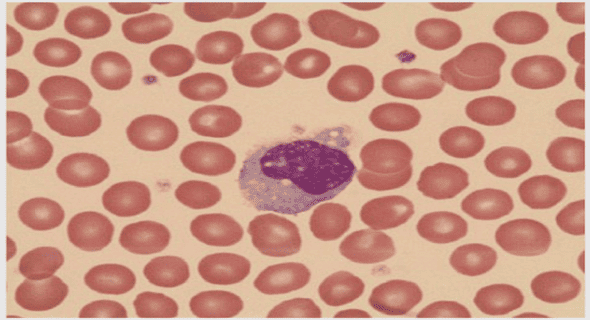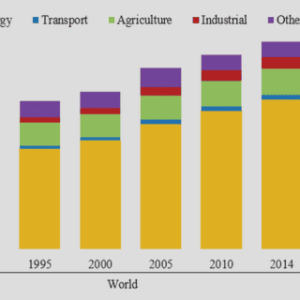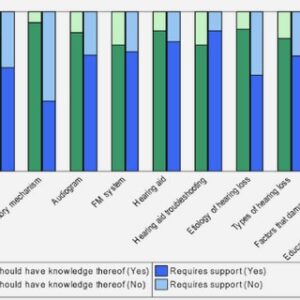(Downloads - 0)
For more info about our services contact : help@bestpfe.com
Table of contents
Part I General Introduction
1. Arabidopsis thaliana as a model to study natural variation
1.1 A. thaliana population biology
1.1.1 A. thaliana taxonomy
1.1.2 A. thaliana biogeography
1.1.3 A. thaliana accessions
1.1.4 A. thaliana life cycle
1.2 Genetic & epigenetic diversity
1.2.1 A. thaliana genetic variation
1.2.1.1 Structure and demography
1.2.1.2 The pattern of genetic variation
1.2.1.3 Large scale genetic variation
1.2.2 A. thaliana epigenetic variation
1.3 Phenotypic diversity
1.3.1 Quantitative phenotypic variation
1.3.2 Phenotyping quantitative traits
1.3.3 Integrated phenotypic variation and plasticity
2. From phenotypic variation to molecular variants and vice versa
2.1 Mapping and cloning the genes responsible for phenotypic variation
2.1.1 Linkage mapping in segregating population
2.1.1.1 Mapping populations
2.1.1.2 Statistical methods
2.1.1.3 Conclusion on the use of linkage mapping
2.1.2 Cloning strategies
2.1.3 Genome-Wide Association mapping
2.1.4 Nested association mapping (NAM)
2.1.5 Validation of causal genes and polymorphisms
2.2 The complex genetic architecture of quantitative traits
2.2.1 The number and effects of QTLs
2.2.2 Rare variants & allelic heterogeneity
2.2.3 Pleiotropy or linkage
2.2.4 Epistatic interactions
2.3 The unexpected complexity of phenotypic variation
2.3.1 Phenotypic buffering
2.3.2 The genetic x environment interactions
2.4 Conclusion about QTLs detection using natural variation
3. Evolutionary significance of A. thaliana natural variation
3.1 Ecologically significant phenotypic variation in A.thaliana
3.2 Evolutionary significance of phenotypic variation
3.2.1 Theoretical elements
3.2.2 Methods to detect evolutionary significant variants
3.2.2.1 Tests based on within-species variation
3.2.2.2 Tests based on between-species variation
3.3 Conclusion: Major evolutionary traits in A. thaliana?
4. Scope of the thesis
Part II Allelic heterogeneity and trade-off shape natural variation for response to soil micronutrient
5. Project background and personal contribution
6. Publication in PLoS Genetics
7. General discussion and Perspectives
7.1 Why is MOT1[Sha] hypofunctional?
7.2 Is MOT1[Sha] adaptive?
7.3 What are the differences between MOT1[Sha] and MOT1[Ler] ?
7.4 Further investigations
Part III A tandem of receptor-like kinases is responsible for natural variation in shoot growth response to mannitol treatment in A. thaliana
8. Project background and personal contribution
9. Publication
10. General discussion and Perspectives
10.1 EGM1 and EGM2 and biotic stress
10.1.1 Innate immunity in plants
10.1.2 Mannitol signalling pathway in plant immunity
10.1.3 Which pathogens and in which plants?
10.2 What are the roles of EGM receptor-like-kinases within mannitol signalling pathway?
10.2.1 The role of plant receptor like kinases in plant innate immunity
10.2.2 What is the function of EGMs RLKs?
10.3 EGM1 and EGM2 natural variation and evolution
Part IV Natural epigenetic variation at QQS loci in A. thaliana
11. Project background and personal contribution
12. Publication in PLoS Genetics
13. General discussion and Perspectives
13.1 The phenotypic consequences of QQS epivariants
13.2 The origin and evolution of QQS epivariants
Conclusion
Appendix
A. Additional publication
Bibliography



